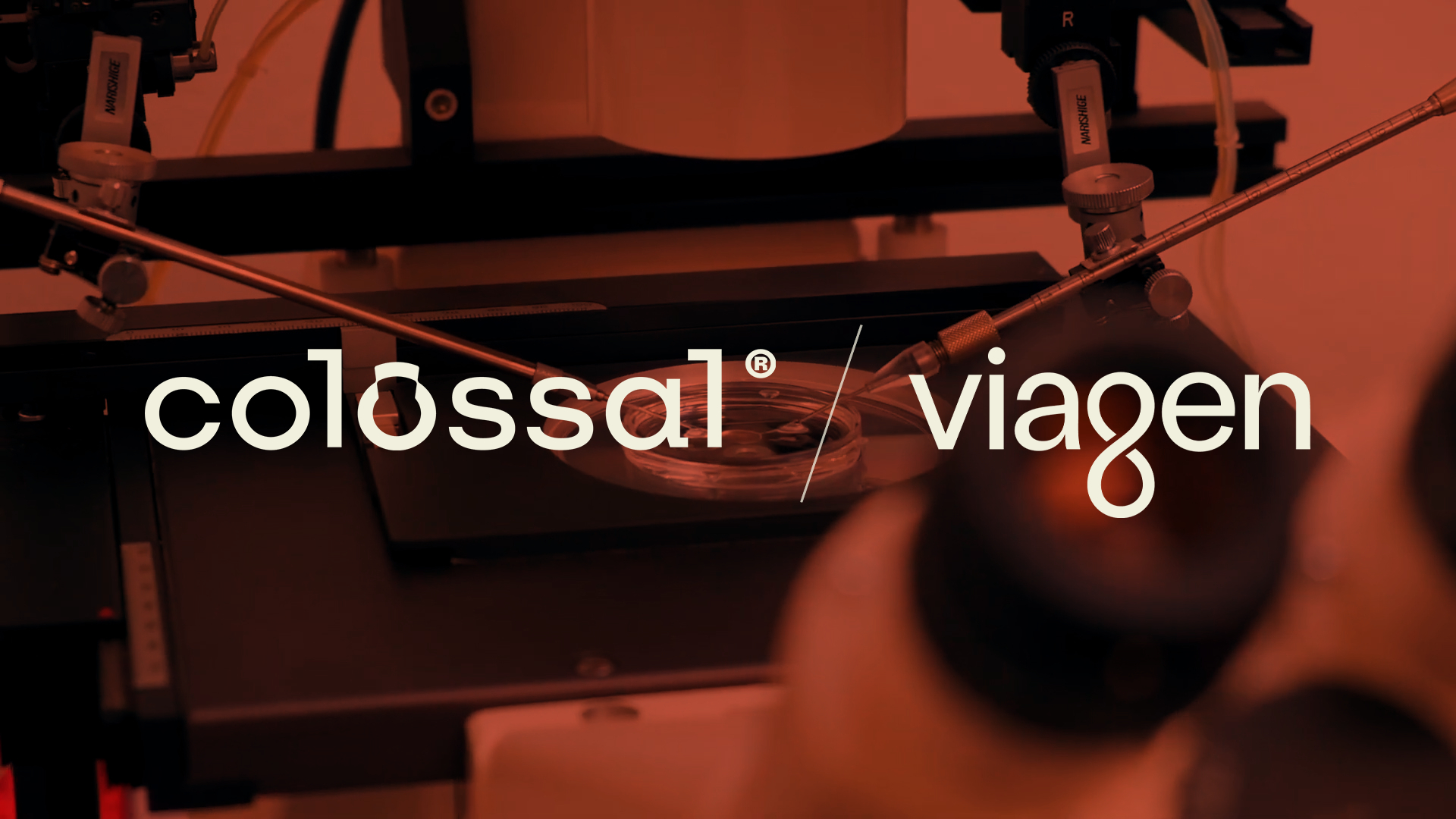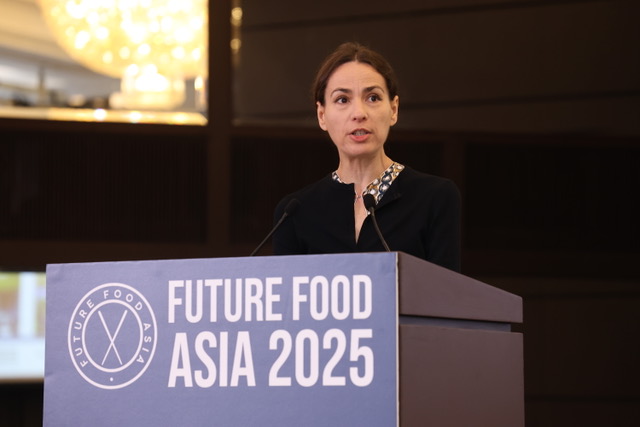Synthetic biology news from the lab bench #3
Synthetic biology news from the lab bench #3
From more efficient CRISPR tools to (future) computers made with bacteria, it was another big week for synthetic biology research. Here’s the news you need to know:
Agriculture
?Scientists have discovered a gene that determines whether roots grow deep or shallow in the soil. The discovery will allow them to develop plants that can help combat climate change as part of Salk Institute’s Harnessing Plants Initiative.???Researchers have engineered plants capable of making proteins not native to the plant itself. Industrial enzymes are currently made in large, expensive fermenting reactors, but making them in plants grown outdoors could reduce production costs by three times, according to the researchers.
Gene editing
?Scientists have developed a new strategy, dubbed RESCUE, that significantly “expands the landscape that CRISPR tools can target to include modifiable positions in proteins, such as phosphorylation sites. Such sites act as on/off switches for protein activity and are notably found in signaling molecules and cancer-linked pathways.” The technology will be freely available for academic research through the nonprofit plasmid repository Addgene. Additional information can be found on the Zhang lab’s webpage.?A genome engineering system that exploits CRISPR-Cas9 technology has been used to bias the sex ratio of mouse offspring entirely toward females, according to GEN. The system should suit the dairy and layer-poultry industries, which usually prefer female calves and chicks. ?Keeping do-it-yourself gene science safe: Two researchers have received a grant to provide policy recommendations for gene-editing research conducted outside of university and corporate labs.?Scientists have captured atomic-level, three-dimensional images of the CRISPR enzyme Cas9 before and after cutting the DNA. "These images provide us with invaluable information to improve the efficiency of the gene-editing process so that we can hopefully correct disease-causing DNA mutations more quickly and precisely in the future," according to Sriram Subramaniam of the University of British Columbia.
DNA data storage
?DNA-based data storage has “recently emerged as a promising approach for long-term digital information storage. This review summarizes state-of-the-art methods, including digital-to-DNA coding schemes and the media types used in DNA-based data storage, and provides an overview of recent progress achieved in this field and its exciting future.”
Materials
?Will your future computer be made using bacteria? Researchers have developed a novel approach to producing graphene in the lab: mixing oxidized graphite with bacteria. Their method is “a more cost-efficient, time-saving, and environmentally friendly way of producing graphene materials versus those produced chemically, and could lead to the creation of innovative computer technologies and medical equipment.” ??A new study provides a foundation for understanding how protein-crystal interactions can be systematically programmed and sets the stage for designing novel protein-inorganic hybrid materials. "This is a milestone in the study of protein-material interfaces," said David Baker, director of the UW Medicine's Institute for Protein Design.
Metabolic engineering
?In a new article, scientists discuss current trends in systems metabolic engineering, focusing on recent developments in selection of host strains, metabolic pathway reconstruction, tolerance enhancement, and metabolic flux optimization. They also discuss future challenges and prospects.
Scaling-up
?This article “Overcoming genetic heterogeneity in industrial fermentations” discusses how the biomanufacturing of therapeutics, enzymes and chemicals could be improved with developments in synthetic biology and deep DNA sequencing.
Health
?Biologists designed a plug-and-play controller for gene expression. They have proposed a new strategy to engineer cells that can sense multiple signals via reporter proteins, and their work has potential applications in medical diagnostics??⚕️An international team of scientists have shown that the composition of human skin microbiome can be modulated. The method opens the possibility of “developing probiotic solutions that help human skin to revert diseased microbiome states to healthy ones,” according to the researchers. ? Using CRISPR-Cas9 gene editing, researchers have engineered T cells that are very similar to physiological immune cells. According to them, the new method allows “multiple T cells to be modified simultaneously so that they're able to recognize different targets and can be used in combination. This is especially interesting for cancer therapy, because tumors are highly heterogeneous." Here are some interesting tweets from the last week:https://twitter.com/DrewEndy/status/1148269749278785537https://twitter.com/NikoMcCarty/status/1149451927396052993https://twitter.com/TeselaGen/status/1149088912222167040https://twitter.com/plantae_org/status/1148230346376396800https://twitter.com/MiroGasparek/status/1148116473858199552Check out last week’s research roundup and let us know what we missed:



.svg)











.jpg)
.gif)